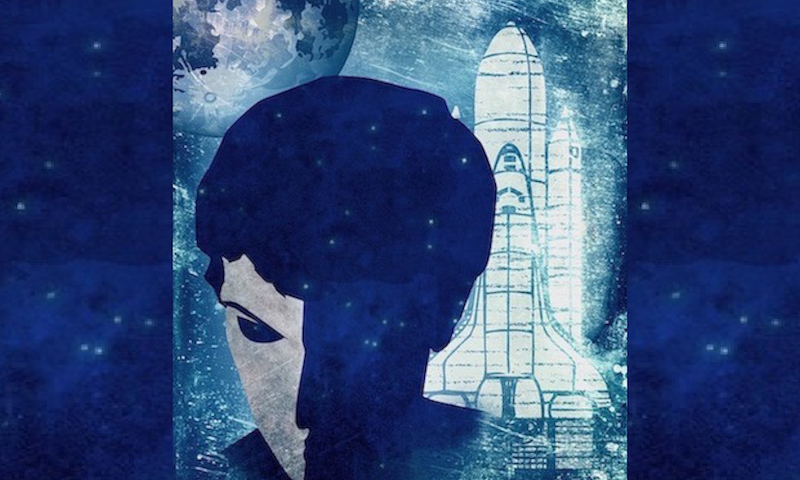Creativity and Trauma - 2/5
-
-
Sarah Van Gogh
In our first Friday Focus series, Sarah Van Gogh is exploring the role of creativity in trauma work. Using the fictionalised case example of Belle and her recurring dream of a doomed astronaut, in her second blog she explores how working imaginatively with dreams can help clients to gradually integrate early trauma.

Belle was in her early twenties and hid her rather elegant, graceful frame beneath over-sized, shapeless clothes. She invariably pulled her sleeves down over hands, and chewed the ends of her hair in sessions, which contributed to her appearing somewhat waif-like. Belle’s mother had died in a serious traffic collision when Belle was just two years old. Her mother had been a single parent and after her death, Belle was brought up by the maternal grandparents in a loving, warm family. But she had always felt apart from her family members, and had struggled with eating disorders, anxiety, depression, and social phobias. She came to therapy as she was feeling overwhelmed on her fashion and design course, and was about to give it up.
In an early session she described a dreadful recurring nightmare in which she was an observer: a female astronaut was being strapped into a small capsule-like rocket that was about to be launched into space. In the dream, Belle somehow knew that the rocket would explode soon after launching, and was trying to convey this, but no one seemed to hear her protests in the dream. She would have to watch in horror, helpless, each time she had the dream, as the astronaut was strapped in and waited while preparations for the doomed launch proceeded. There were obvious and poignant connections to make with the circumstances of her mother’s death.
We worked with this powerful symbol of trauma and loss in a variety of imaginative ways, without making any explicit associations for some considerable time. Over several months, Belle revisited the scene from her dream many times:
- She drew it on a number of occasions
- She entered into it, in her mind’s eye, during a session, to make the scene go a new way, which involved Belle being able to persuade the astronaut to leave the rocket and escape the catastrophe
- She wrote a poem inspired by the scene
- She was drawn to watch films that involved space and space travel and came to the sessions wanting to discuss them
In these ways, Belle was gradually integrating the traumatic material of her mother’s sudden death and its impact on her and her family, without ever needing to directly speak of the dreadful car crash and her mother’s fatal injuries.
Amplifying, playing with and exploring imagined figures, drawn images, scenes from dreams, play-figures or objects that a therapist has in their room, or even simply discussing favourite characters from a drama series like ‘Game of Thrones’ or ‘Breaking Bad’ – all such activities related to the imagination can support a client. They expand what trauma-specialist Peter Levine (In An Unspoken Voice, 2010) refers to as the ‘window of tolerance’, which is to say, the capacity to tolerate both hyper-aroused and hypo-aroused states of feeling.
By engaging imaginatively with the horrifying scene from her dream, gradually Belle was able to be more consciously in touch with, and bear more of the horror in, her own story, and the emotional and psychological pain of her mother’s death.
As months passed, she felt more able to continue with her studies, her self-care improved and her demeanour in sessions changed subtly. She began to seem less child-like and lost, and have a much more womanly poise and self-assurance. After a number of months, during which the motif of the doomed astronaut recurred and was worked with repeatedly, Belle spoke for the first time in a session about the connection she could now bear to make between her dream and the possible suffering of her mother in the crash before she died, and also her own helpless anguish as a very small child whose vital attachment figure was so suddenly and catastrophically wrenched away from her.
The imaginative work had gently helped her make this profound and vital connection. It also ensured she had not felt hurried in to developing a capacity to think the almost-unthinkable.
Next week’s blog will be the first part of a two-part account of working imaginatively with a client’s bodily pain by helping them create a persona for the pain, and then facilitating a dialogue between the client and this imagined character.